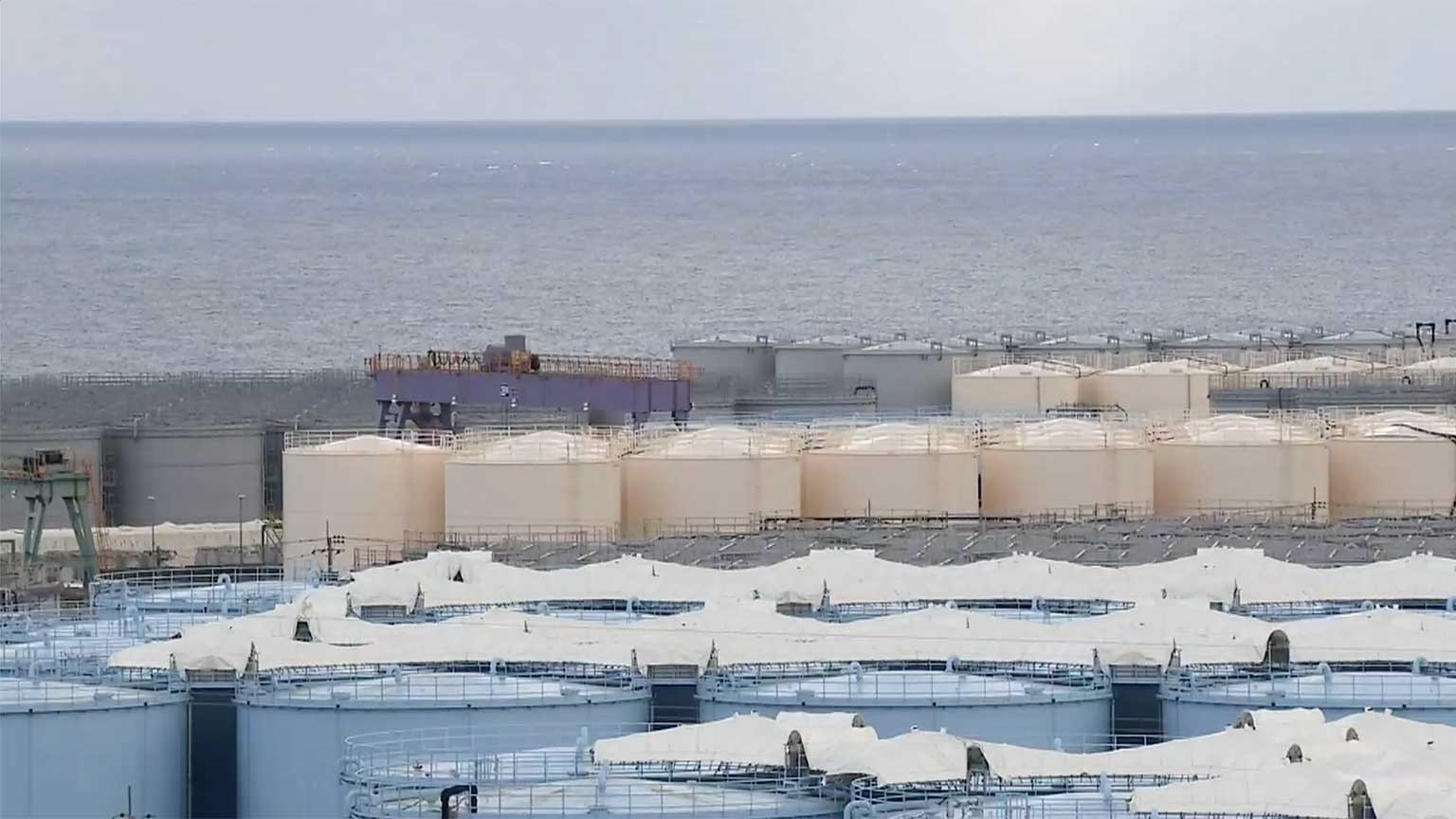The government has said the release is necessary to decommission the plant, which suffered a triple meltdown in the wake of the March 2011 earthquake and tsunami.
Since then, rain and groundwater have been mixing with the water used to cool molten fuel at the plant. The water is treated to remove most radioactive material, but still contains tritium.
The treated water is being diluted to reduce tritium levels to about one-seventh of the level stated in the World Health Organization's guidelines for drinking water quality.
Plant's storage capacity nearly full
The first release will involve a total of 7,800 tons of treated water diluted with seawater. TEPCO plans to release 31,200 tons of the water this fiscal year, which is about 30 tanks.
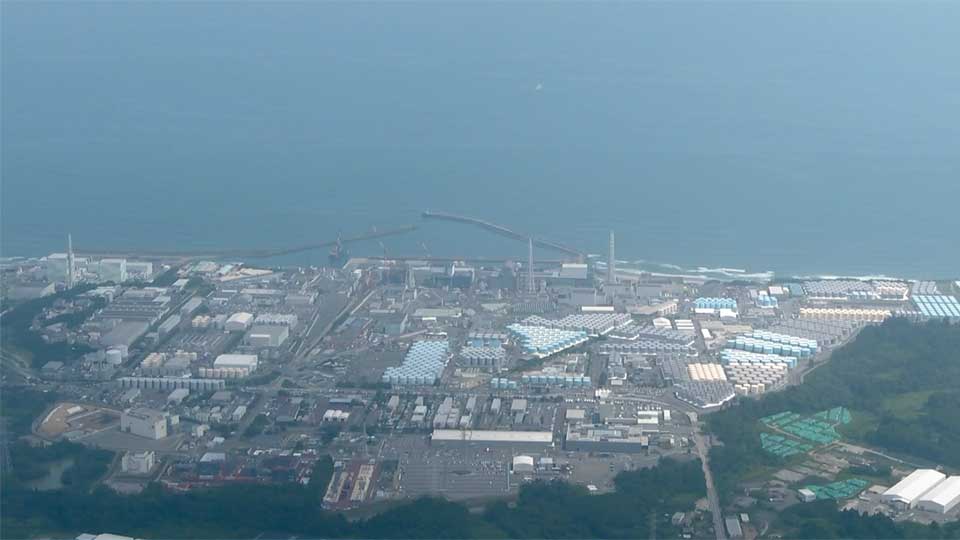
The treated water is stored in more than 1,000 tanks, which now hold a total of about 1.34 million tons, or 98 percent of the plant's storage capacity.
TEPCO: Water meets strict standards
Ahead of the release, TEPCO had begun checking the concentration of tritium in the diluted water stored in a pit called a "discharge vertical shaft."
Company officials said at a news conference on Thursday morning that its concentration analysis of tritium found levels between 43 and 63 becquerels per liter. Those amounts are far below the government's standard of 60,000 becquerels and TEPCO's own limit of 1,500 becquerels.
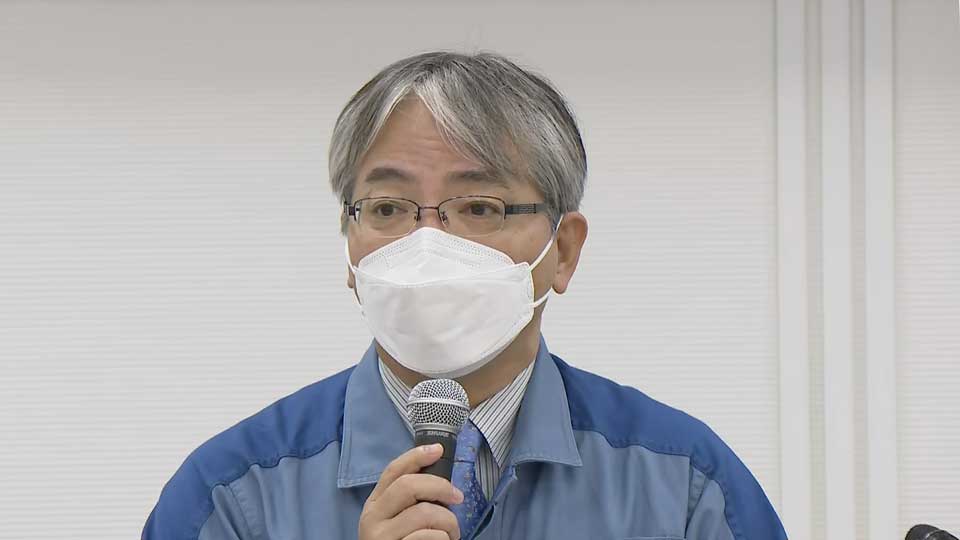
TEPCO is remotely operating the release from a central monitoring station at a facility in the plant. Operators move the pump and mix the treated water with seawater before pouring it into the pit.
When the pit overflows, the water runs into an undersea tunnel leading to a discharge gate one kilometer off the coast, where it is released into the sea.
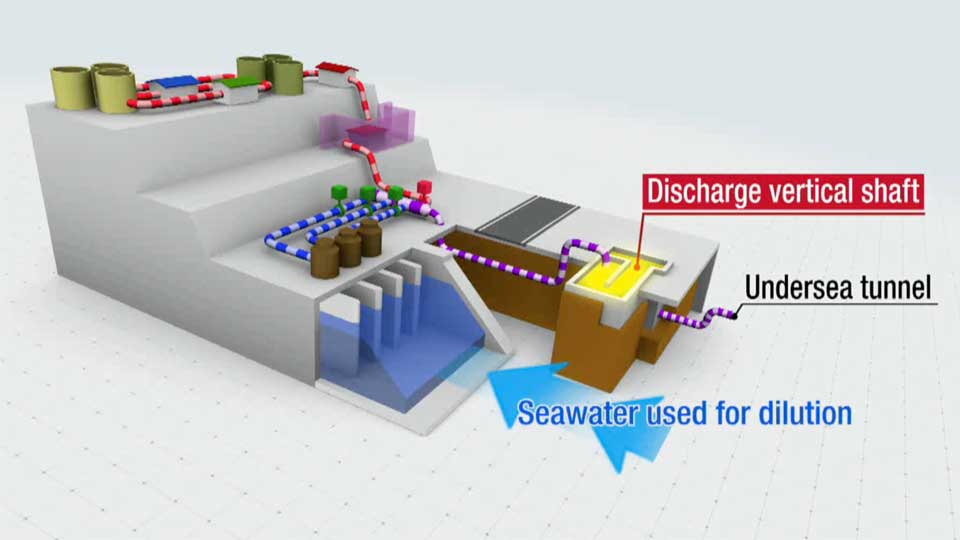
Mixed reactions from Asian neighbors
Countries and territories in Asia have different views on Japan's treated water release.
The Philippines expressed "understanding" and said it recognizes the International Atomic Energy Agency's technical expertise on the issue, as the agency has been examining the release plan and concluded it would meet international safety standards. Its foreign ministry said it will continue to closely monitor the impact on the regional sea "from a scientific and fact-based perspective."
It said as a coastal nation, the Philippines "attaches utmost priority to the protection and preservation of the marine environment."
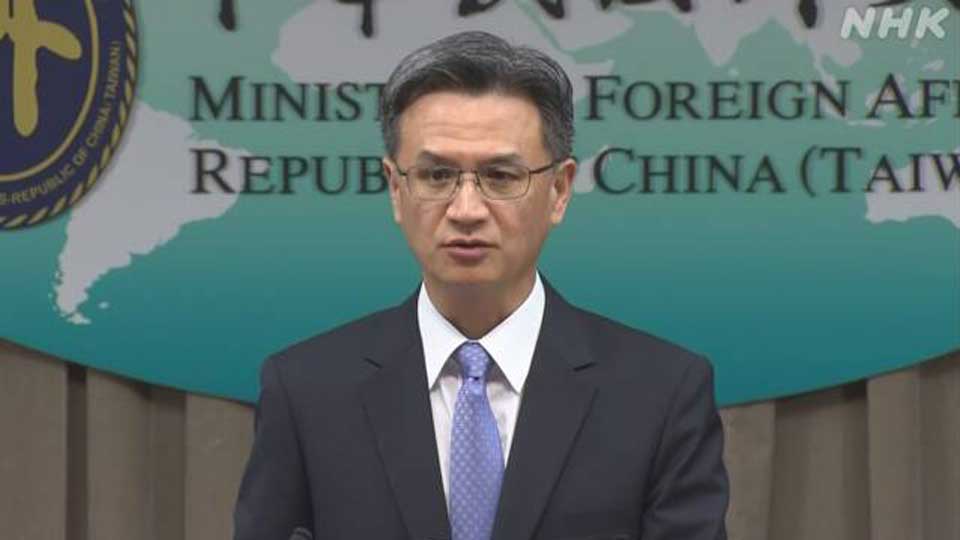
A spokesperson for Taiwan's foreign ministry said it respects experts on scientific issues and added that Taiwan will continue to urge Japan to release the water in a way that meets international standards.
Taiwan's Atomic Energy Council conducted a simulation based on data on ocean currents for 10 years after the Fukushima Daiichi nuclear power plant accident. It showed the treated water will mainly flow toward the US West Coast, while some of it is expected to reach waters near Taiwan about one to two years after the release.
It also said that although the concentration of tritium will reach its maximum level four years after the release, the level will still be much lower than the average concentration that naturally exists in Taiwan's waters. Therefore, it said the safety impact is negligible.
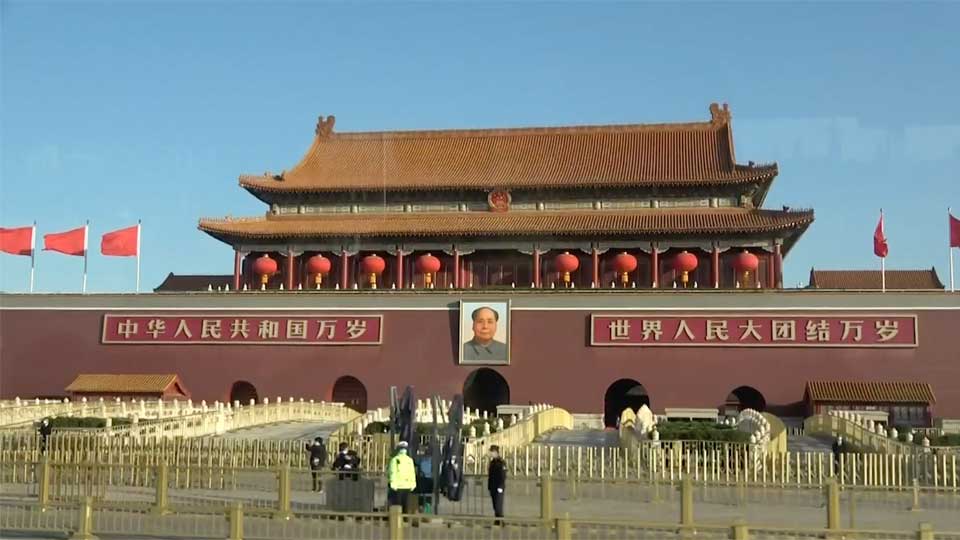
China remains opposed to Japan's water release. Its foreign ministry issued a statement shortly after 1 p.m., Japan time, saying it "firmly opposes and strongly condemns" the plan.
China said it has made "serious demarches to Japan and asked it to stop this wrongdoing." It added that its "government always puts our people's wellbeing first," and it will take "all measures necessary to safeguard food safety and the health of our people."
Chinese customs authorities have announced the country will completely suspend imports of Japanese marine products from Thursday.
South Korean Prime Minister Han Duck-soo said on Thursday that the government will thoroughly monitor the situation and take various measures to protect the fishing industry.
He noted that experts around the world see no need for alarm if Japan releases the water in accordance with scientific standards and international procedures.
He also said South Korea will maintain its restrictions on imports of Japanese marine products.
Fisheries group chief calls for govt. action
The head of Japan's fisheries federation has reiterated the group's demand that the government take steps to ensure safety and mitigate reputational damage.
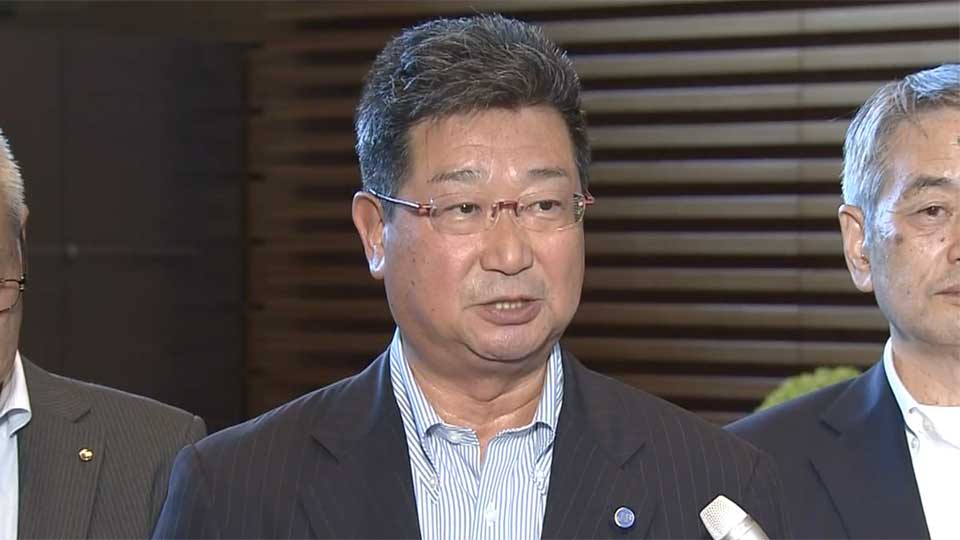
Sakamoto Masanobu, chief of the National Federation of Fisheries Co-operative Associations, said in a statement on Thursday that marine industry participants across the country are even more concerned now that the water discharge process has begun.
"We have not changed our opposition to the release of the treated water into the sea," Sakamoto said.
Sakamoto strongly urged the government to take swift action to deal with the reputational damage caused by rumors that are already spreading.
He called on the government to fulfill promises Prime Minister Kishida Fumio made to the industry.
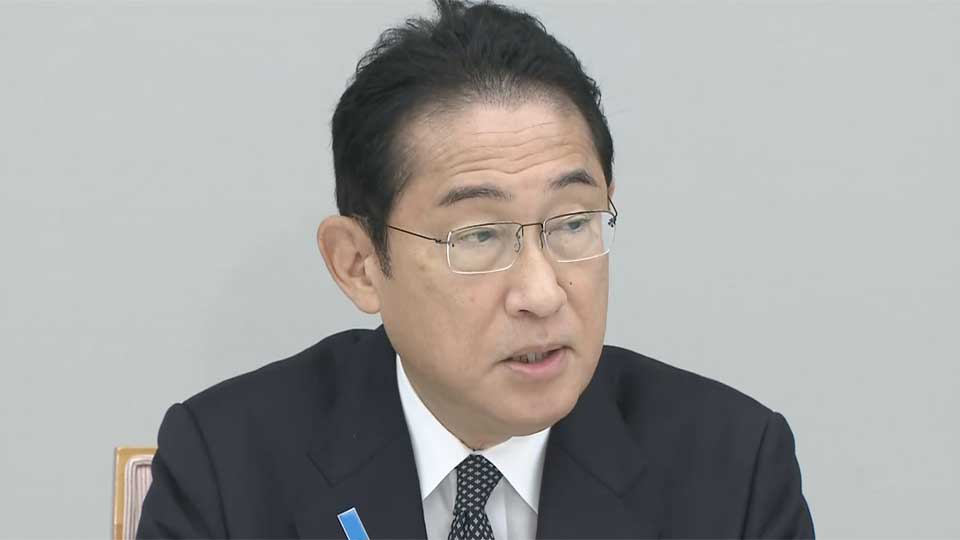
Kishida has said the government will support Japan's fisheries and continue offering necessary measures, and will accept full responsibility for the impact of the water discharge even if it takes several decades to complete.
